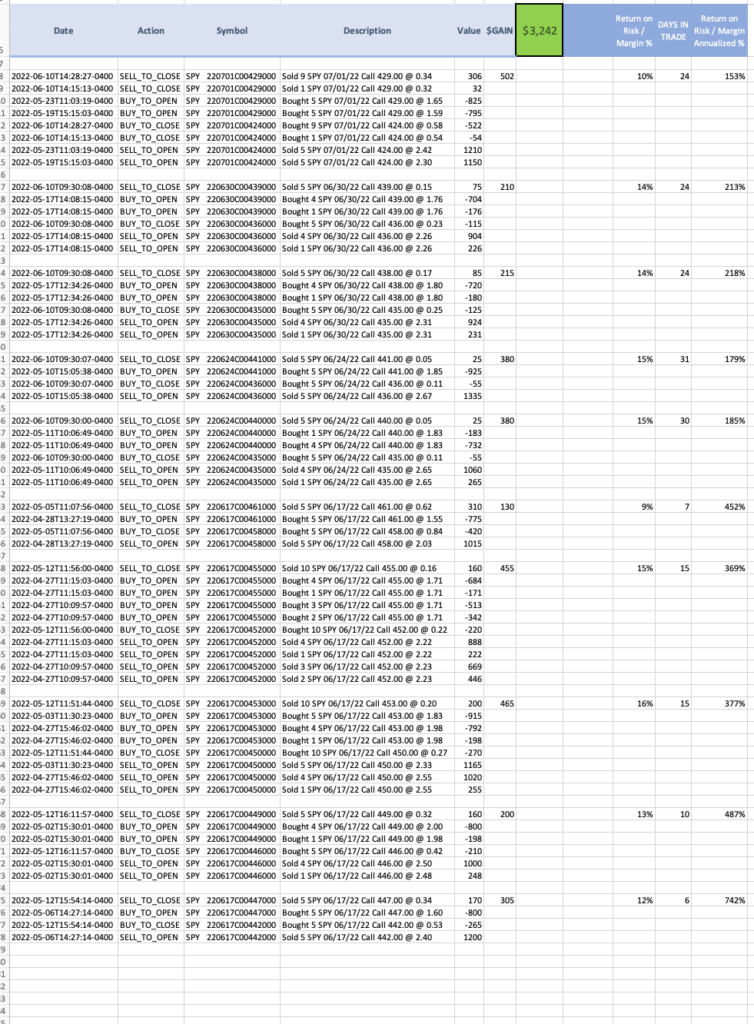Overseas Buyers Scoop Up U.S. Shares (Bullish or Bearish)?
“No crowd buys stocks of other countries intelligently”
By Elliott Wave International
The fact that investors from other countries are feverishly buying U.S. stocks might seem like a bullish sign.
On the other hand, consider what Robert Prechter said in his book, Prechter’s Perspective:
No crowd buys stocks of other countries intelligently. For decades, heavy foreign buying in the U.S. stock market has served as an excellent indicator of major tops.
Some of the heaviest foreign buying — whether it’s in the U.S. or another country — tends to occur when a trend is near or at an end.
Looking at an example: In the late 1980s, after years on the sidelines, foreigners became net buyers of Japanese stocks. This coincided with the ending phase of one of the biggest bull markets in history.
Returning to the U.S. but sticking with roughly that same period of history, here’s what the Sept. 2000 Elliott Wave Financial Forecast, a monthly Elliott Wave International publication which covers 50-plus financial markets, had to say as it showed this chart:

This chart of the Dow and foreigners’ net purchases of U.S. equities illustrates how beautifully the pattern has held through the U.S. bull market of the 1990s. The solid lines show the flood of foreign buyers within a month of each high, and the dotted lines show them rushing back out again on the months of the big lows. Early in the decade, when stocks were a bargain, foreigners were net sellers. They did not sustain net purchases until the Dow crossed 8000 in 1997.
By the way, overseas buyers also zealously bought U.S. shares right before the 2007 top.
As a quick reminder, the reason for mentioning all of this is what I said at the outset about feverish overseas buying of U.S. shares presently. Here are more details via this chart and commentary from our March Financial Forecast:

Foreigners are surging back into U.S. equities. At $42.9 billion in November, the latest reading of foreign purchases is higher than both the 2000 and 2007 buying extremes. It is shy of the December 2020 record of $78.6 billion, but if foreigners flocked to U.S. stocks the way retail investors did in January, we may find that when the latest readings are released, foreign purchases will be at a new record.
One way to utilize the foreign buying (or, selling) indicator is with the Elliott wave model.
If you’re unfamiliar with Elliott wave analysis, or simply need a refresher on the subject, check out EWI’s FreePass for a Changed World event – thru March 31.
FreePass for a Changed World will give you an in-depth look at the analysis you can use to anticipate changes in inflation, interest rates and every other major category of investment concern.
Subscribers gladly pay $97 per month to get the market forecasts you’ll get for free in FreePass for a Changed World. But for FreePass, there’s no credit card required and zero strings attached.
Risks have changed. Opportunities have changed. The world has changed, in very real ways.
Join FreePass for a Changed World now and find out what your new strategies must include.
This article was syndicated by Elliott Wave International and was originally published under the headline Overseas Buyers Scoop Up U.S. Shares (Bullish or Bearish)?. EWI is the world’s largest market forecasting firm. Its staff of full-time analysts led by Chartered Market Technician Robert Prechter provides 24-hour-a-day market analysis to institutional and private investors around the world.






